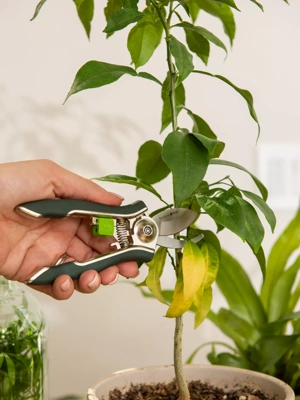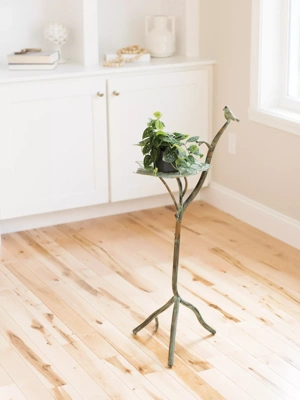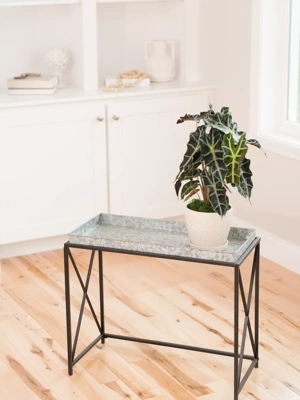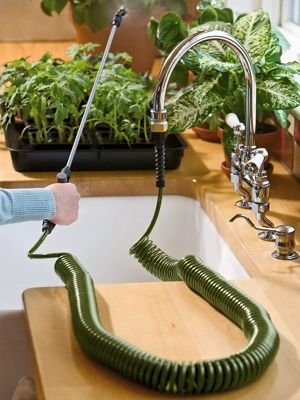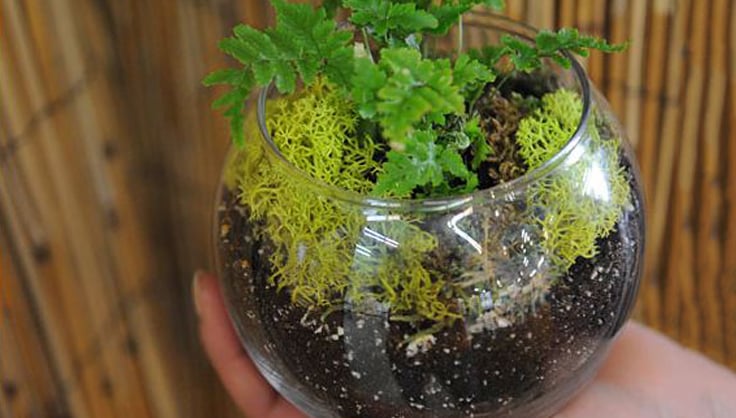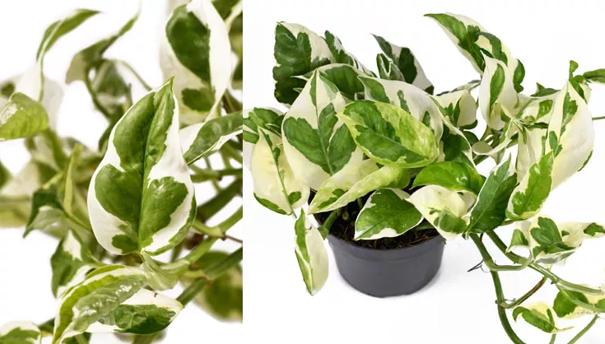How to Care for a Nerve Plant
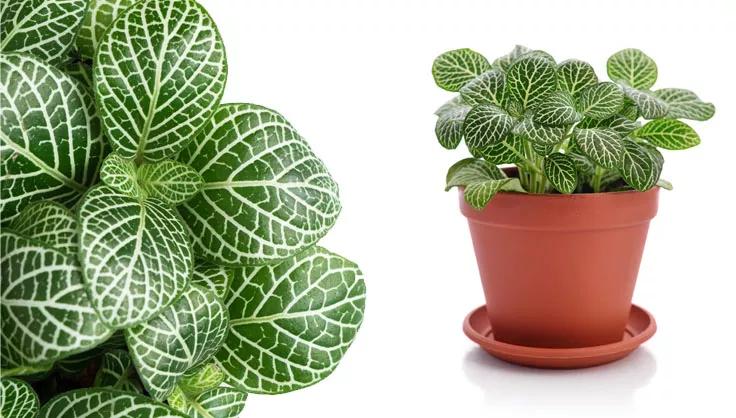
Choosing Your Nerve Plant
First things first, let's pick the right Nerve Plant for you. While all varieties are charming, some are more beginner-friendly. The 'Red Anne' and 'White Anne' are popular due to their resilient nature. These are perfect for those just starting their plant parenting journey.
How to Care
Light
Nerve plants love indirect light. Think of the dappled sunlight of their native rainforest understory. A north or east-facing window is ideal. Direct sunlight? A big no-no! It can scorch those lovely leaves.
Soil
These beauties crave well-draining, rich soil. A mix of peat and perlite or orchid bark is a good bet. This ensures good aeration and drainage, mimicking their natural habitat.
Fertilizer
During growing seasons (spring and summer), treat your Nerve Plant to a balanced, liquid houseplant fertilizer every 4-6 weeks. Less is more; over-fertilizing can harm them.
Watering
Nerve Plants prefer consistently moist soil but dislike waterlogged roots. Water them when the top inch of the soil feels dry. Reduce watering in winter when plant growth slows.
Pruning
Pruning isn’t typically necessary, but you can trim them to maintain shape or remove any yellow leaves. It’s as simple as snipping with clean scissors!
Repotting
When roots start peeking out of the drainage holes, it’s time for a new home. Repot in spring, choosing a pot only slightly larger than the current one.
Propagation
Propagation is super easy! Just snip a stem, ensuring it has a few leaves, and place it in water or directly into soil. Voilà, a new plant is born!
Common Problems
Pests and Diseases
Watch out for common pests like aphids, spider mites, and mealybugs. Regularly inspect your plant and treat pests promptly with insecticidal soap or neem oil. Overwatering can lead to root rot, so be mindful of your watering schedule.
Toxicity
Good news! Nerve Plants are non-toxic to pets and humans. However, it's always best to keep plants out of reach of curious pets and children.
Nerve Plant FAQs
Why are my Nerve Plant’s leaves curling?
Curling leaves often indicate under-watering or low humidity. Ensure consistent moisture and consider a humidity tray or humidifier.
Can Nerve Plants thrive in low light?
While they prefer bright, indirect light, they can adapt to low-light conditions, albeit with less vibrant leaf coloring.
How fast do Nerve Plants grow?
They’re not the fastest growers, but with proper care, you’ll see steady growth, especially in spring and summer.
Last updated: 05/09/2024
Print this Article:
Related items
Related Articles
Get the Dirt
Stay up to date on new articles and advice. Please fill out the information below.


